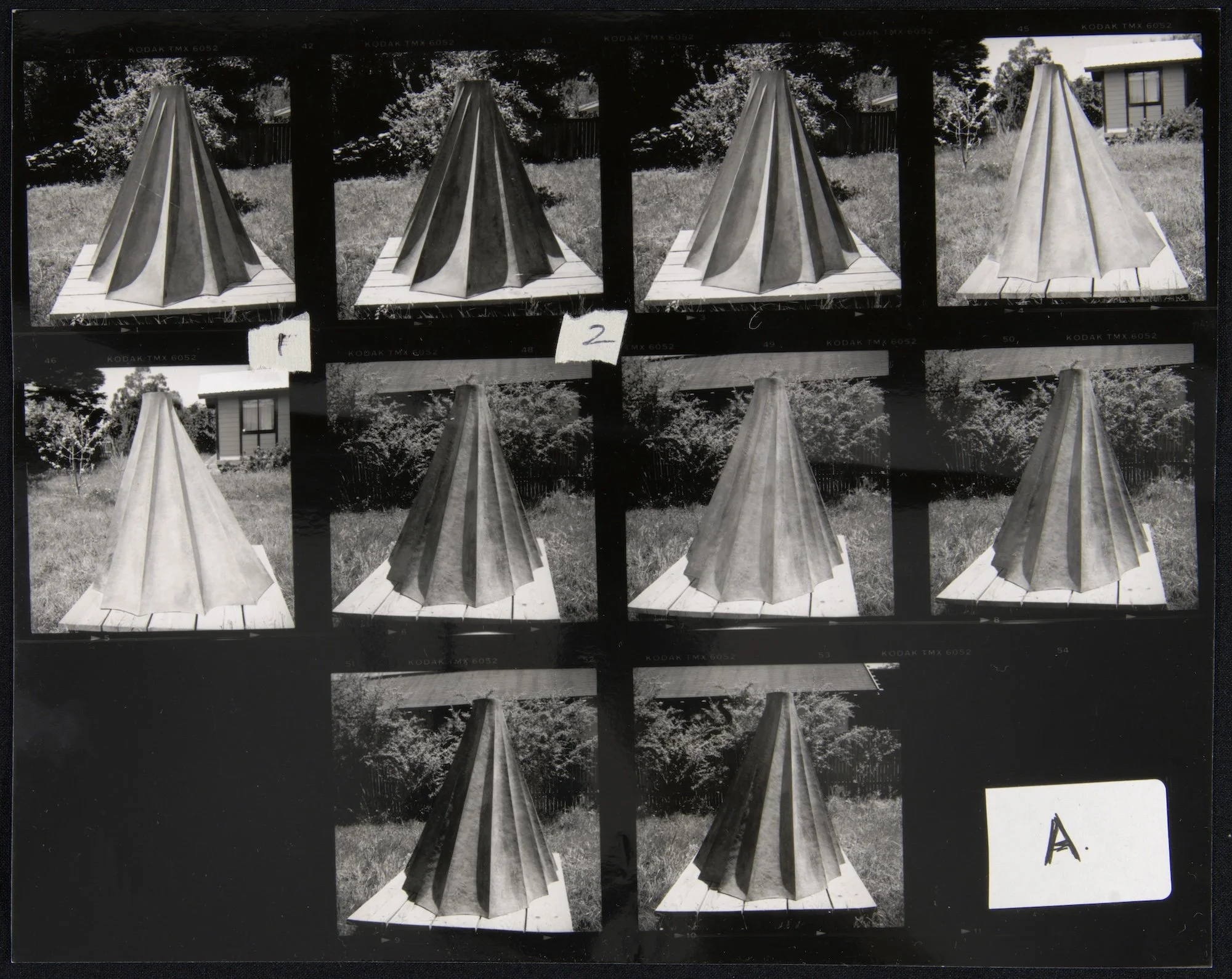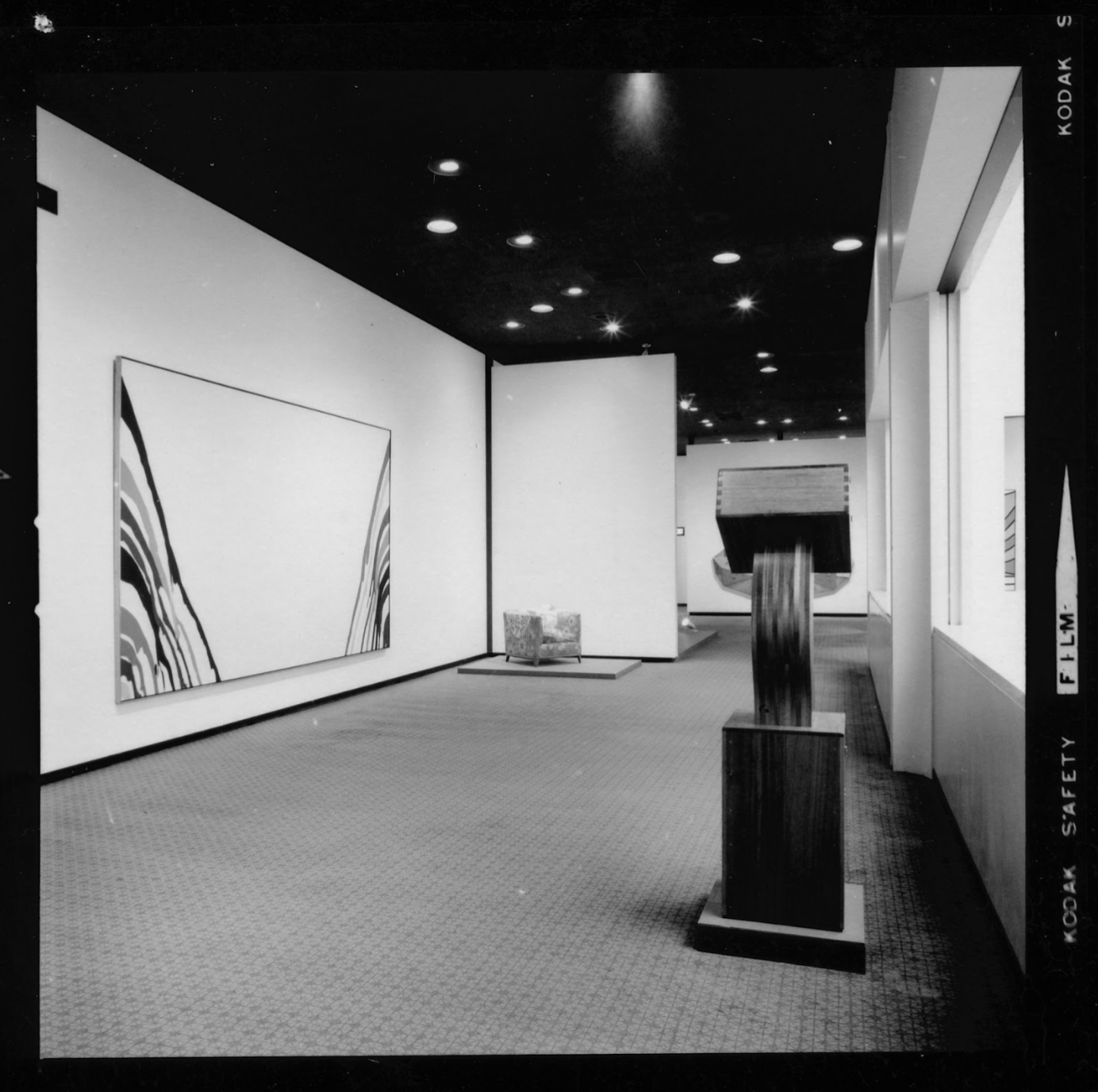
Centennial Journal
Announcing #PaulHarris100
Announcing #PaulHarris100, a festive, revelatory year of activities celebrating the art and life of the restless, experimental postmodernist Paul Harris (1925–2018), who, 100 years after his birth, continues to evade definition materially, thematically, and aesthetically. The centennial includes new scholarship, special online/offline collaborations, public programs, work on view, and more. #PaulHarris100 takes place as the estate begins processing and digitizing Harris’s archives in order to encourage fresh study and appreciation of the highly versatile artist who worked in string, fabric, papier mâché, bronze, concrete, plaster, crayon, and lithography. As of the celebration’s debut, a host of institutions have contributed rare archival material, including the Archives of American Art, California College of the Arts, the Los Angeles County Museum of Art, the Museum of Modern Art, the San Francisco Museum of Modern Art, the San Francisco Art Institute, and Stanford University, which will be shared and contextualized on a striking new microsite—rich with work in every medium and period of the artist’s life and featuring a brand and visual identity that relates to the hues across the artist’s bodies of work—and in social @PaulHarrisEstate.
Undated photograph, Paul Harris Archives
New Scholarship
To kick off #PaulHarris100, the estate of the artist has commissioned fresh scholarship by a trio of essayists exclusive to a new destination platform designed and developed by San Francisco Bay Area-based MacFadden and Thorpe. Leah Triplett, Curator of Contemporary Art at the Pennsylvania Academy of Art and a specialist in soft sculpture, asserts in a sweeping, lyrical reappraisal of the artist that his “vivaciously colored, highly patterned soft sculpture demonstrates a painterly sensibility and a command for expressing emotion through material and formal juxtapositions,” and that the avante garde works “anticipate installation art of the late 1970s and 1980s in their sense of space and scale.”
Woman Smelling Her Roses, 1966, acrylic resin and ink on textile and wood, 60 x 24 x 42 inches
Art historian and art critic Jessica Holmes, and former deputy director of the Calder Foundation, looks at his work in fiber, plaster, concrete, and bronze, the latter of which she argues, that, “in step with other midcentury artists … who took cues from a previous generation of sculptors like Henry Moore and Alberto Giacometti, expanding the possibilities of what was regarded as a classical medium
…he was able to tease out a parallel eroticism that evidences a profound engagement with form.”
And Sarah Hotchkiss, a Bay Area artist and art critic who reviews art exhibitions for KQED in San Francisco, surveys the late artist’s work on paper, including pencil, crayon, and prints, and enthuses that, from his early, wartime “drawings—quick, assured, shaded with graphite cross-hatching … to “scenes from his travels, bouquets of flowers, nudes, self-portraits, abstract compositions—there is something solid, almost three-dimensional, about all of his works on paper.”
Anna in Love, 1987, bronze, 20 x 32 x 25 inches
An All New @PaulHarrisEstate
In anticipation of the centennial, the all new @PaulHarrisEstate recently debuted on Instagram with a historical Collab with @LACMA. The special post highlighted Harris’s vivid and richly patterned Woman Laughing (1965), which entered the museum’s permanent collection in 1973 when the late curator Maurice Tuchman singled out the fabric and cloth sculpture along with works by Larry Bell (b. 1939), Robert Irwin (1928–2023), and Lucas Samaras (1936–2024), and others, from the personal collection of Beverly Hills businessman Burt Kleiner as part of a landmark gift. In an exhibition text, Tuchman characterized the gift as “the most important donation of contemporary art ever made by an individual to the Museum.” The post featured a rare installation photograph discovered in the museum’s archives of the work exhibited alongside a mural-size 1973 acrylic stained canvas by the abstractionist Morris Louis (1912–1962). And this month, @PaulHarrisEstate and @PortlandArtMuseum will Collab on The Shut-In Suite, twenty-one lithographs in black tusche and crayon produced by Harris in 1969 at the Tamarind Institute of Lithography in Los Angeles, California, and which will be installed inside the museum’s highly anticipated new building, opening November 20, 2025, and on view through spring 2026. A recent exclusive by Ted Loos in The New York Times Fine Arts & Exhibits special section, “Bringing the Portland Art Museum Back to Life,” features Paul Harris’s One Morning in Munich (1970).
An installation photograph of The Kleiner Foundation: Gift of Contemporary Art, featuring Woman Laughing (1964) alongside a mural-size acrylic stained canvas by Morris Louis (1912–1962), Los Angeles County Museum of Art






